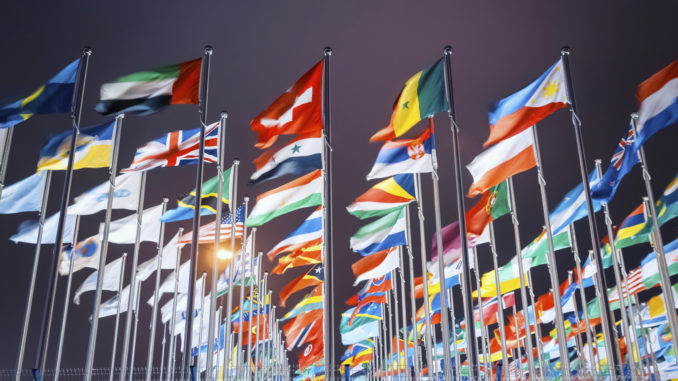
Historically the only way to seek trademark registration overseas was to individually file in each country which is an arduous and time-consuming process that usually requires a local representative and the need to file in the language of each country.
However the adoption of the Madrid Protocol in 1996 has introduced a more convenient and cost-effective way to file trademarks overseas.
The Madrid Protocol is a treaty administered by WIPO (World Intellectual Property Organization) that enables trademark applicants to apply for their trademark in 97 different countries by filing one application directly with their country’s national trademark office and paying one set of fees in one currency (Swiss francs).
After checking certain formalities, the national trademark office will forward it to WIPO. WIPO will then examine whether the specification meets international classification standards and they will also check that all applicable fees have been fully paid. The final step is for WIPO to forward your application to all of your chosen countries who will each examine it according to their own trademark laws, regulations and practises and either accept, partially refuse or totally refuse your application within a 12-18 months timeframe.
WIPO have created the below explanatory video and document:
http://www.wipo.int/multimedia-video/en/madrid/use_madrid_system.ogg
http://www.wipo.int/edocs/pubdocs/en/marks/1039/wipo_pub_1039.pdf
The Madrid Protocol currently has been joined by 97 countries who represent more than 80% of world trade. A full list of countries is found via the following link:
http://www.wipo.int/export/sites/www/treaties/en/documents/pdf/madrid_marks.pdf
Another advantage of the Madrid Protocol system is that it provides one centralised way to create, maintain and manage your trademark portfolio. You can use WIPO’s online portal to access registration documents, renew registrations, request changes, pay fees etc. This contrasts markedly with the expense and time required to update details if you filed individual applications directly with each country.
A slight concern of the Madrid Protocol is that the rights granted by an international registration may be extinguished if the base application (filed with the the applicant’s national trademark office) does not proceed to registration or if it is cancelled during the first five years. However, if this scenario was to occur, the effects can be mitigated by transforming the international registration to national applications in each of the selected countries.
For your ease of reference, below are the direct links to further information about the Madrid Protocol from various IP Offices:
United States Patent and Trademark Office (USPTO):
https://www.uspto.gov/trademark/laws-regulations/madrid-protocol
Canadian Intellectual Property Office (CIPO):
(CIPO are expected to join the Madrid Protocol in late 2017 or early 2018).
https://www.ic.gc.ca/eic/site/cipointernet-internetopic.nsf/eng/wr03964.html#madrid
UK Intellectual Property Office:
https://www.gov.uk/government/publications/protecting-your-uk-intellectual-property-abroad/protecting-your-trade-mark-abroad
Intellectual Property Office of New Zealand (IPONZ):
https://www.iponz.govt.nz/about-ip/trade-marks/international/
TMpedia recommends this trade mark law firm who has been personally endorsed by the Shark Tank’s Kevin O’Leary. They offer a money-back guarantee if your trade mark is not approved by the USPTO.